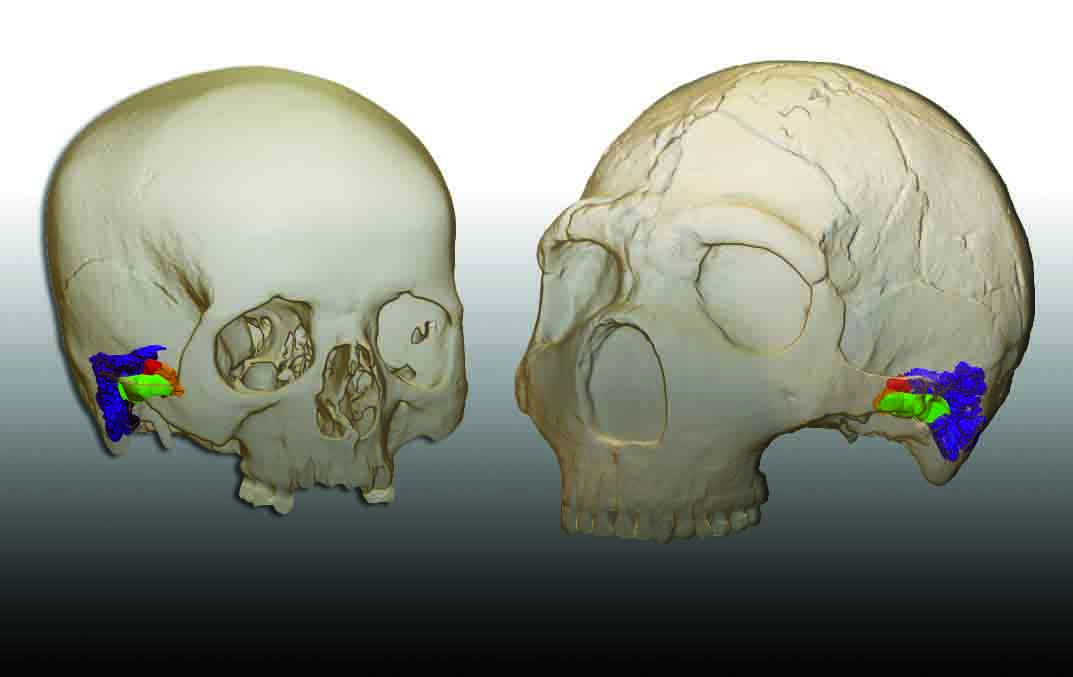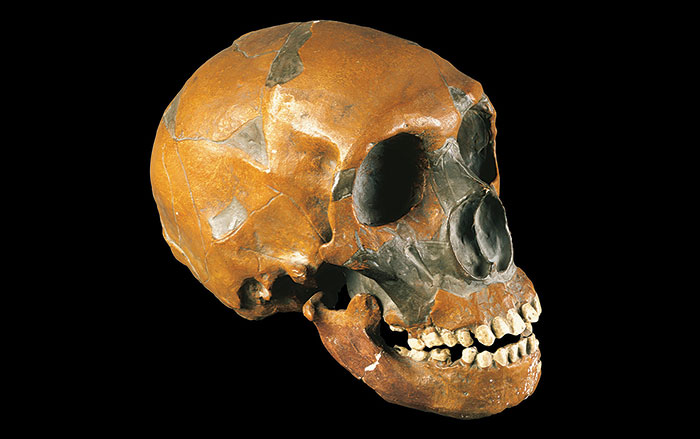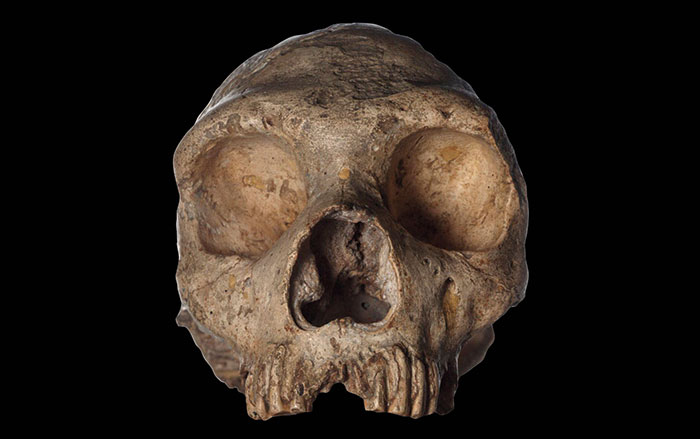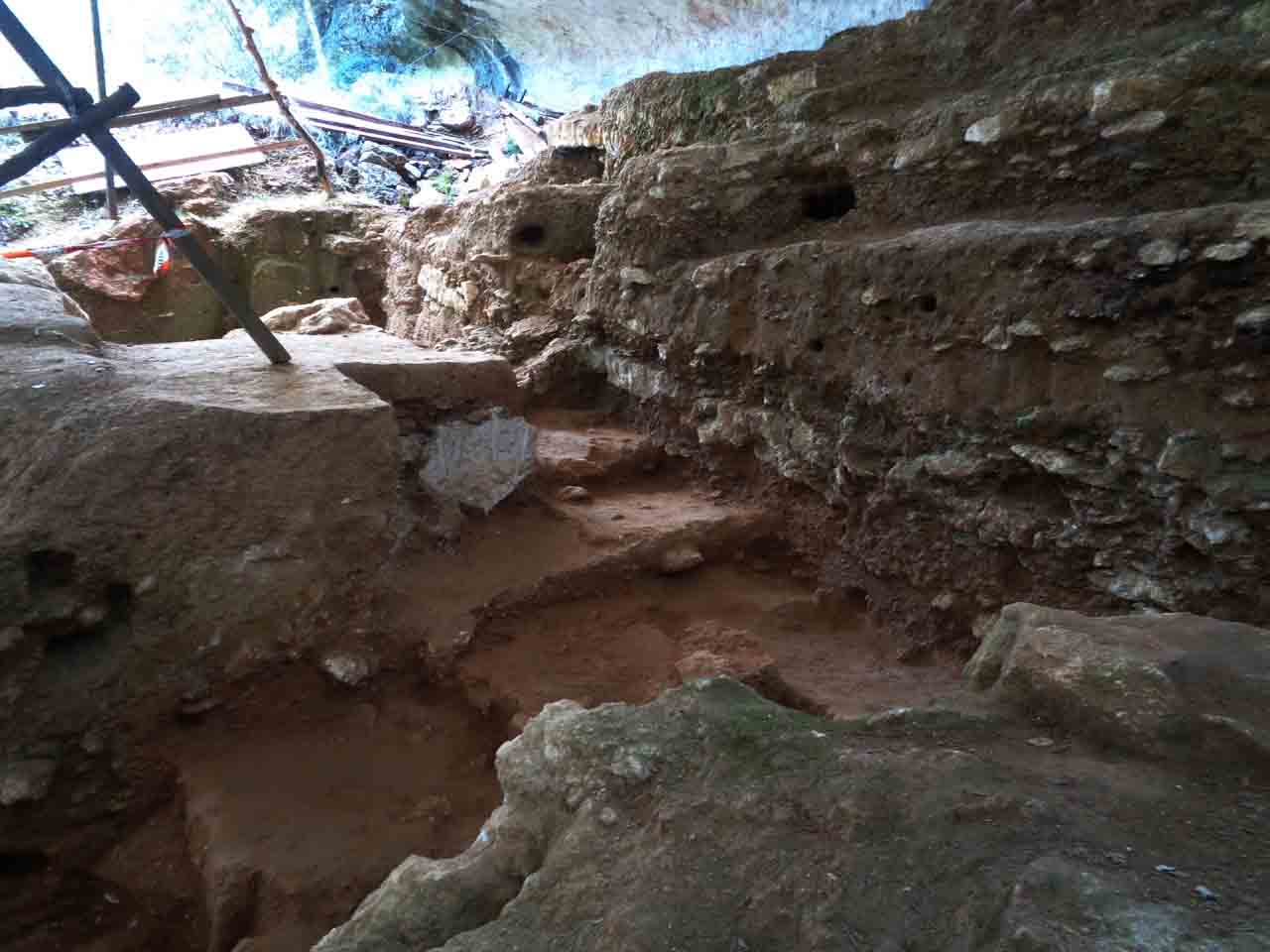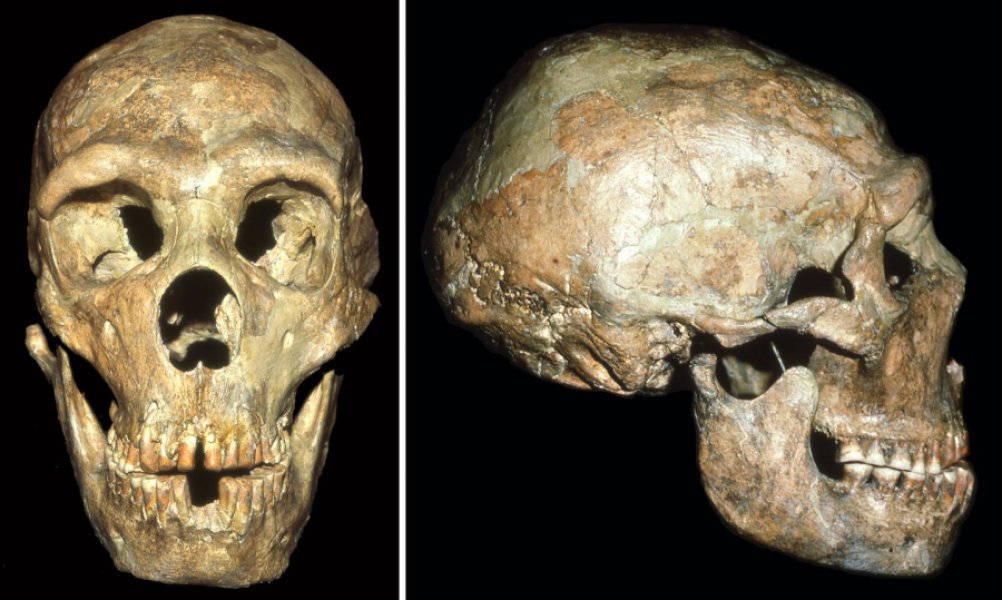
ST. LOUIS, MISSOURI—The International Business Times reports that Erik Trinkaus of Washington University in St. Louis and Sébastien Villotte of the French National Center for Scientific Research examined the remains of a Neanderthal known as Shanidar 1, which were discovered in 1957 in Shanidar Cave in Iraqi Kurdistan. They found that the man had lived into his 40s, while likely suffering from profound hearing loss caused by bone growths in his ear canals. Such hearing loss is thought to have made him vulnerable to carnivores in the environment. Shanidar 1 also suffered from blows to the right side of his face at an early age, the amputation of his right arm at the elbow, injuries to his right leg, and what the scientists called a “systematic degenerative condition.” Trinkaus and Villotte conclude that Shanidar 1 would have relied upon other hunter-gatherers in his network for survival. For more, go to “A Traditional Neanderthal Home.”


